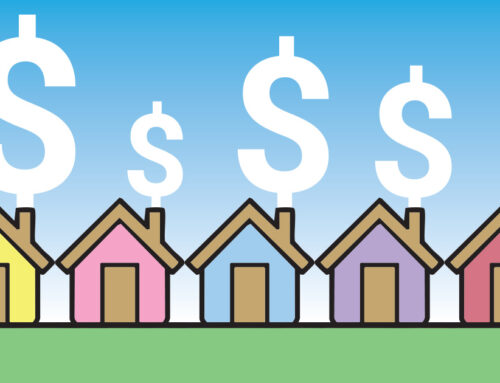Before COVID-19 wreaked havoc on the nation’s economy, the official unemployment rate was 3.5%. As of Friday, March 5, the official rate now stands at 6.2%. Since last April, the nation has lost 9.5 million jobs, more jobs lost than during the Great Recession. But the official unemployment rate only represents the number of people out of work actively looking for a job. It excludes those working part-time but wanting full-time work, those who have given up trying to get a job, those who have gone back to school, or those who have become disabled. The Bureau of Labor Statistics (BLS) produces an alternative measure, the U-6 rate, which considers this overlooked worker population. The official U-6 rate for February was 11.6%, not quite double the 6.2% official (U-3) unemployment rate.
The following graph and table show the official unemployment rates for the 9 cities of the Coachella Valley from February to December 2020. The graph shows the striking rise in unemployment in April 2020 and the significant difference between cities like Coachella and Rancho Mirage. It also displays how the ranking of city rates changed over the months. Desert Hot Springs had the highest unemployment until October when Coachella took the unenviable top spot. And Palm Springs and Palm Desert, hard hit by the severe downturn in the Leisure and Hospitality Sector, were at a relative dead heat until December. You also see a clear demarcation between the relatively poorer and wealthier cities, with Coachella and Desert Hot Springs residents disproportionately employed in the ravaged Leisure and Hospitality and Other Services sectors.
Examining the table, we see that a year ago, official unemployment rates for many of our cities were within a few points of the national 3.5% rate. But by December, nearly all our cities were significantly above the U.S. rate of 6.7%. And again, note that these are official U-3 rates. Imagine how high the U-6 rates for our cities would be if we had them.
It took the Valley many more years to recover from the Great Recession than the rest of the nation. Hopefully, pent-up demand for travel and leisure as we come out of the COVID crisis will help us recover more quickly than after the Great Recession. But we do not know officially how many businesses in our Valley have closed for good, and how those permanent closures will affect the recovery.
For the most thorough look at the Coachella Valley economy, view or download the 2020 Greater Palm Springs Economic Report.










